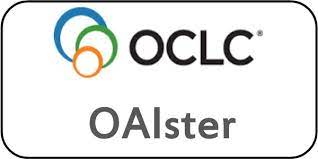The Efficacy and Safety of a Combination of Amino Acids, Vitamins and Probiotics in PROM and PPROM
Keywords:
Amino acids, vitamins, Lactobacillus spp, PROM, PPROMAbstract
The prevalence and severity of prelabor rupture of the membranes (PROM)/preterm PROM (PPROM) are a worldwide public health concern. PROM is the result of a cascade of events involving matrix metalloproteinase (MMP)-9, tissue inhibitor of metalloproteinases 1 (TIMP1), cytokines and proapoptotic genes, which is initiated by several factors such as infection, genotoxic agents or some unknown etiology. In PROM, there is an increased expression and activation of MMP-2, MMP-3 and MMP-9 and a reduction of TIMP1. p53 and tumor necrosis factor (TNF)-α mediate the major apoptotic pathway of PROM. p53 can transactivate some MMP genes, resulting in the overexpression of MMPs. This leads to apoptosis. MMP-2 and MMP-9 degrades type-IV collagen, which is the major structural component of chorioamnion. Understanding the fundamental pathology at the molecular level, it appears necessary to adjust the biologically protective mechanism to prevent spontaneous preterm labor. Our findings show that the novel combination of arginine, ascorbic acid, folic acid, glutamine, glutathione, thiamine, lactic acid bacillus spores, vitamin E acetate and pyridoxine is safe and effectively prevents PROM and PPROM (97% patients) and prolongs pregnancy term.
Downloads
Published
Issue
Section
License
All open access articles published in IJCP are distributed under the terms of the CC BY-NC 4.0 license (Creative Commons Attribution-Non-Commercial 4.0 International Public License). This license permits unrestricted use, distribution, and reproduction of the articles in any medium for non-commercial purposes, provided that: The original authorship is properly and fully attributed. The IJCP is cited as the original place of publication with correct citation details. If an original work is reproduced or disseminated in part or as a derivative work, this must be clearly indicated. No articles are reproduced for commercial use without prior consent from the IJCP. All licensing requests and permissions for commercial use will be managed by the Publisher.










